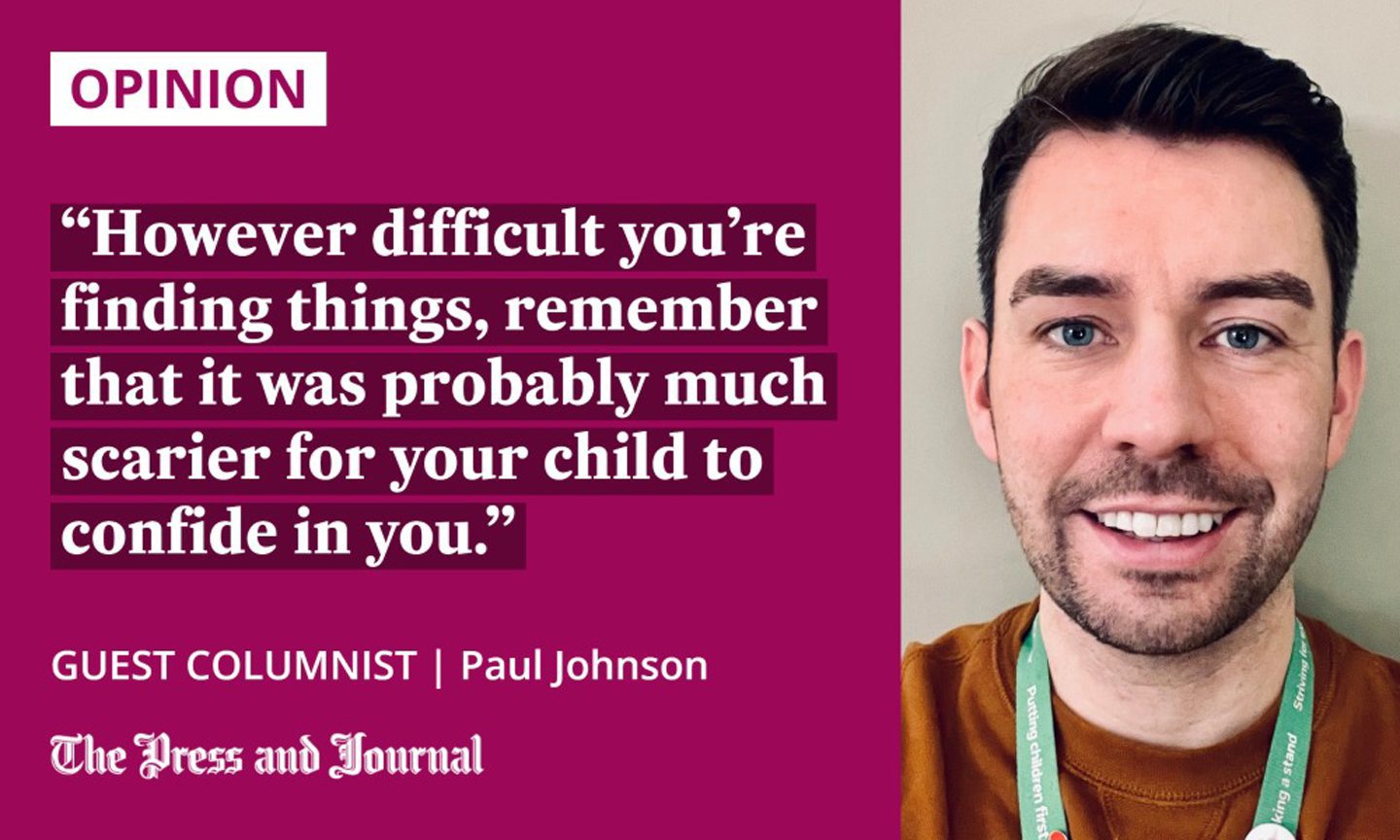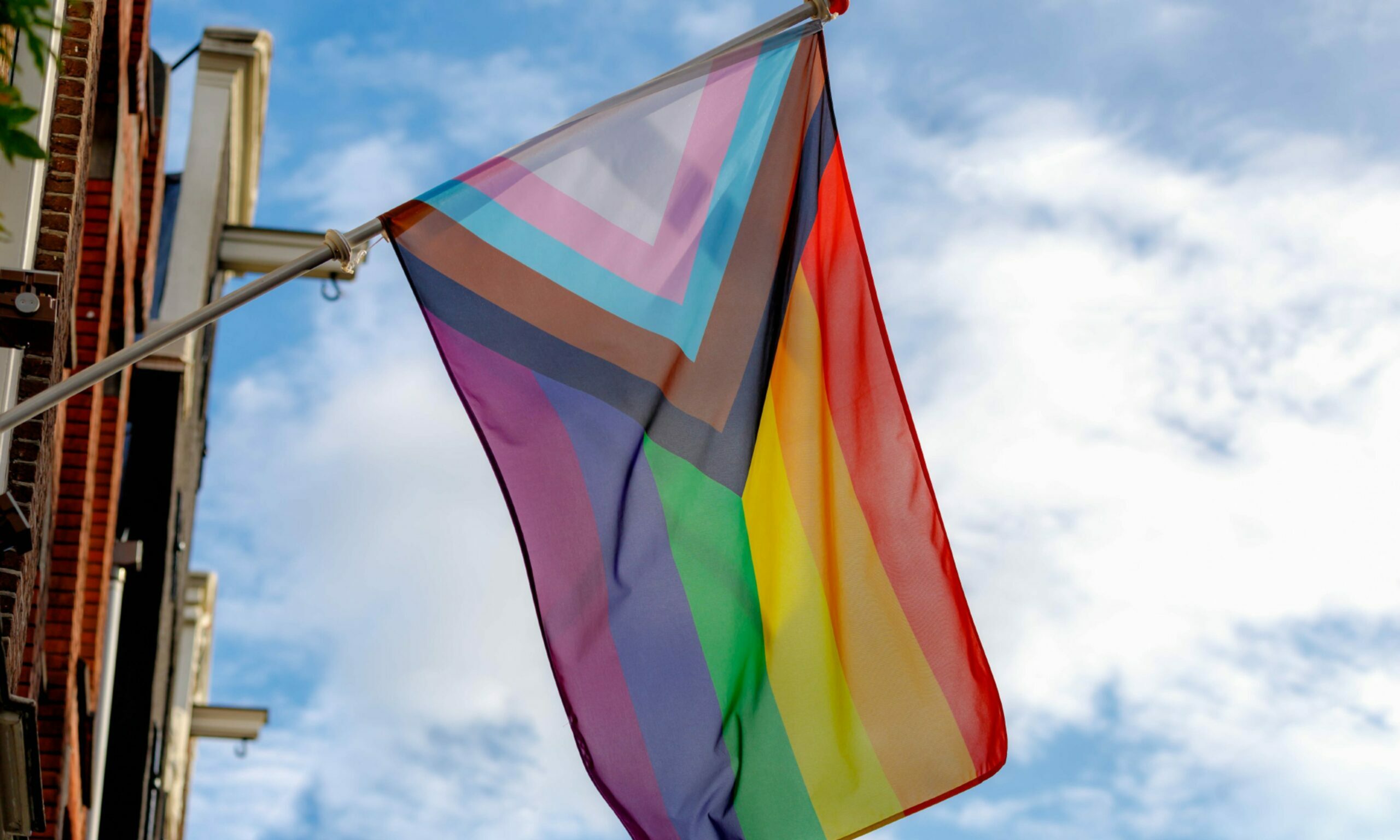It can take a lot of courage for a child or young person to tell their family and friends about their sexuality.
If you think a child in your care might be LGBTQ+ or is questioning their sexuality, it’s important not to pressure or rush them into talking to you about it. The best thing you can do is create a supportive and safe environment for them at home, and give them space to share their feelings so that they feel comfortable talking to you when they are ready.
Listening is a great way to show that you care about them and can help them to feel accepted.

Let them talk at their own pace and ask open questions without interrupting. If they don’t want to continue the conversation, let them know that you’re there for them and that it’s OK if they do want to discuss this topic again.
Coming out about your sexuality can be an extremely stressful experience, and your child may be feeling anxious and worried about having to explain this multiple times to different people, who might all react differently and have their own opinions.
You could ask your child about who they feel most comfortable coming out to, and if there’s anything you can do to make it easier for them. They might ask you to tell other members of the family on their behalf, for example.
Offering support is the most important thing
Children and young people can contact Childline at any time for free and confidential support and advice by calling 0800 11 11, or by visiting childline.org.uk, where they can have a one-to-one chat with one of our counsellors or send them an email. They can also visit Childline’s moderated message boards where they can find out how other young people have dealt with similar worries or situations.
While some parents may feel proud from the start about their child coming out, it may take others more time
Some young people might not feel ready to come out about their sexuality until they reach adulthood. What’s important is that they don’t feel under pressure, so they can do it in their own time, and that they feel supported if and when they decide they are ready.
While some parents may feel proud from the start about their child coming out, it may take others more time, or they might feel unsure how to respond, feel uncomfortable, worried, or even shocked or upset. However difficult you’re finding things, remember that it was probably much scarier for your child to confide in you, and that doing so took a lot of courage.
Whatever you’re feeling, remember they are still the child you’ve always loved, and their sexuality is just one part of their identity.
Paul Johnson is Childline team manager at NSPCC’s Aberdeen centre


Conversation